Japan’s Centuries-Old Tradition of Making Soba Noodles
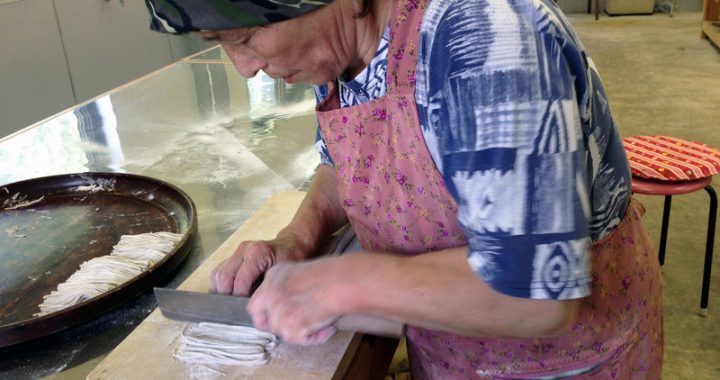
Here in Japan, the buckwheat noodles known as soba are a staple. Nowhere more so than in the mountains of the southern island of Shikoku. The soil there is poor. Buckwheat is one of the few crops that will grow. So the region has been known for its soba for centuries.
How Art Transformed a Remote Japanese Island
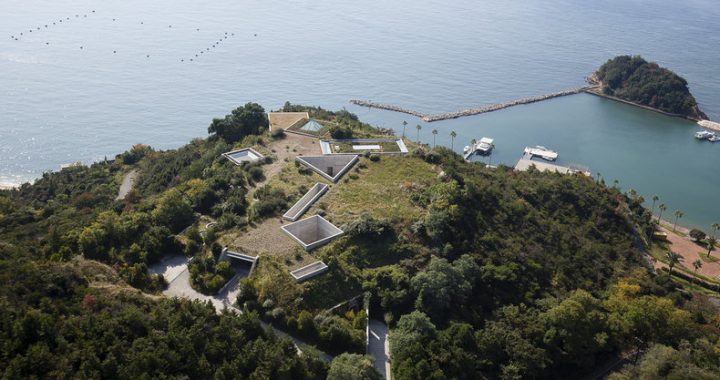
Art can enlighten, soothe, challenge and provoke. Sometimes it can transform a community. Case in point: a 5.5-square-mile island called Naoshima in Japan’s Seto Inland Sea, where art tourism has brought big changes to the island and the lives of its residents.
A Dying Japanese Village Brought Back to Life—by Scarecrows
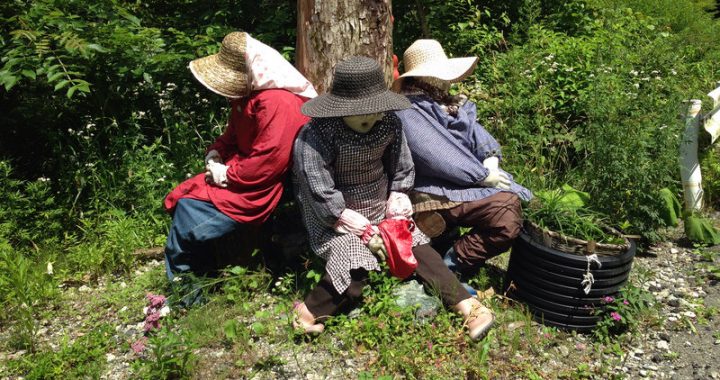
Japan’s population is declining. For example, the rural village of Nagoro used to have around 300 residents. Now it has 30. Visitors know they’ve arrived when they see the three farmers in floppy hats resting against a telephone pole by the side of the road. They’re scarecrows, life-sized figures made of cloth and stuffed with cotton and newspapers.
For Some Older Adults in Japan, a Chance to Stay in the Workforce
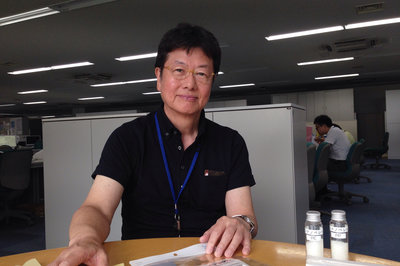
Hiromi Yamamuro is doing something that’s relatively rare in Japan. At age 67, he’s still working in the corporate world, where traditionally, the mandatory retirement age has been 60. But Yamamuro keeps going, because he loves his job — which he’s been doing for 18 years — selling environmentally friendly products at Tokyo-based Sato Holdings.
93,000 People Voluntarily Left Japan for North Korea After World War II. Or Did They?
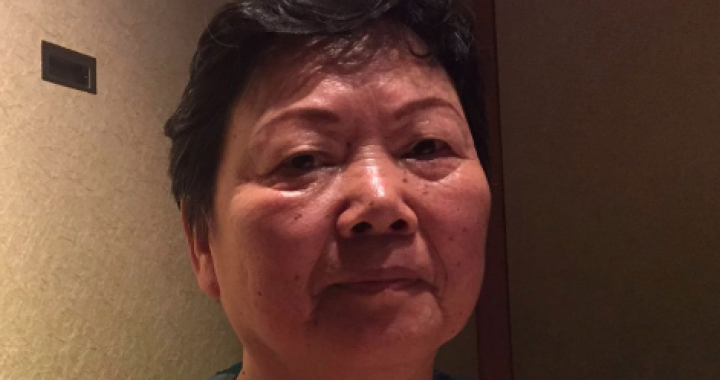
In April 1960, not yet finished with high school, 17-year-old Eiko Kawasaki boarded a Soviet ship called the Kryl’ion in the Japanese port of Niigata and set sail on the journey of a lifetime, to a place she was told was paradise: North Korea.
Beyond Slurpees: Many Japanese Mini-Marts Now Cater to Elders
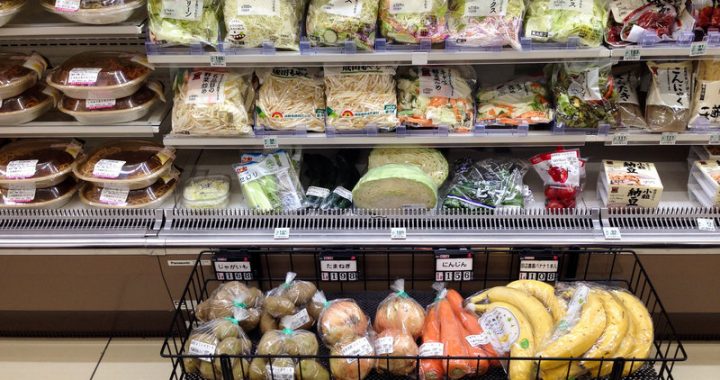
In Japanese cities, space is at a premium. So convenience stores that cram everything from Kleenex to rice balls into a few square yards are everywhere. But they’re not just a place for Slurpees and snacks. Nearly 27 percent of Japan’s population is 65 or older, and convenience stores are changing to serve this growing market.
Japanese City Takes Community Approach to Dealing with Dementia
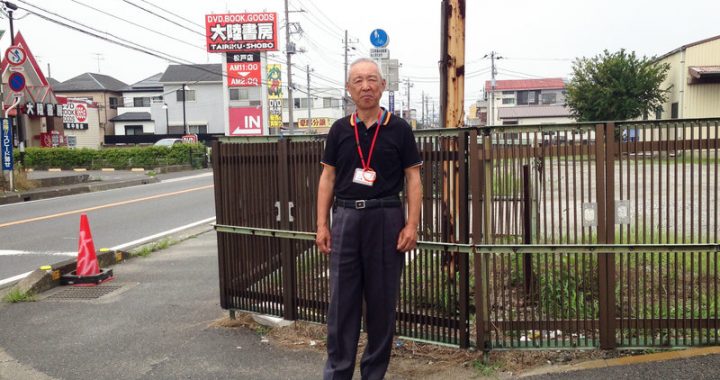
No government plan can keep people with dementia from wandering. But health officials in Japan hope there eventually will be entire communities prepared to help keep them safe, if and when they do. Through community training, thousands of Japanese citizens have been taught how to effectively communicate with people who display signs of dementia.
How Japan Is Dealing with Impacts of Supporting the Oldest Population in the World
Japan has the oldest population in the world. Nearly 27 percent of the people there are 65 or older. NPR’s Ina Jaffe shares her stories on how Japan is changing as its population grows older.
Japan in Transition: Economic Realities Mean Japan Must Confront its Reluctance to Accept Immigrants

Japan is currently home to the world’s most rapidly aging population, while declining birth rates and low immigration mean Japan is expected to lose a million people a year in the coming decades. Depopulation and aging mean Japan faces one of the world’s most severe labour shortages, leaving the country little choice but to change its insular views on immigration.
Flush, then Fill Up: Japan Taps Sewage to Fuel Hydrogen-Powered Cars
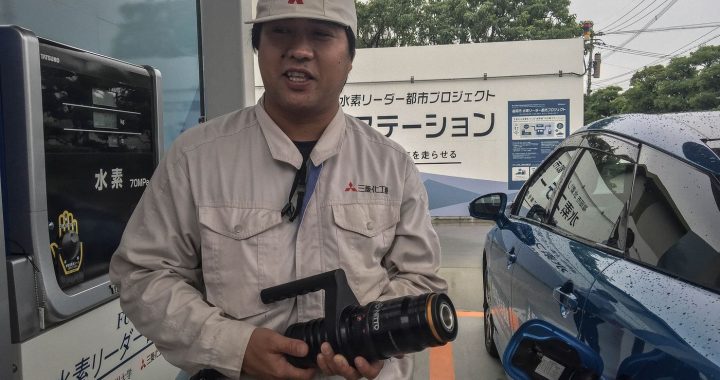
When Mutsuro Yuji, chief of the central sewage plant in Fukuoka, first heard about the idea of making hydrogen from biogas — the combination of methane and carbon dioxide produced by the breakdown of stinky matter — he was skeptical. But now, drivers are able to roll up to the sewage plant and power up their hydrogen fuel cell cars at what you might call the world’s first toilet-to-tank filling station.
